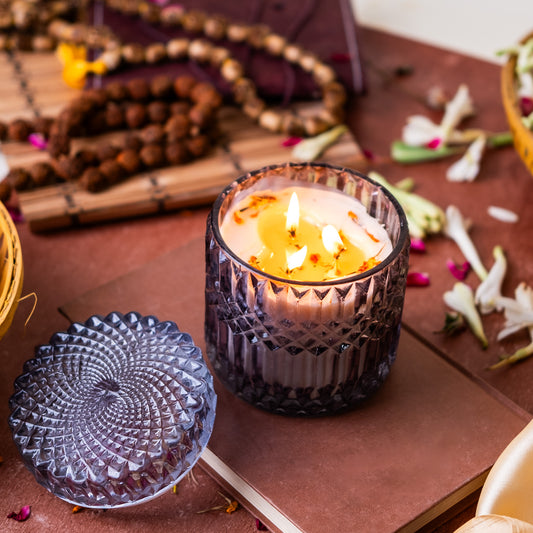India is a land of vibrant traditions, diverse cultures, and profound spirituality. One of the simplest yet most significant elements of any Indian religious ceremony is the pooja thali. A pooja thali is a sacred platter that holds all the essential items used during a prayer ritual. Preparing a pooja thali might seem daunting for beginners, but with a little guidance, it becomes a fulfilling and enriching experience. Here’s a guide to help you master the art of creating a simple pooja thali.
Understanding the Importance of a Pooja Thali
A pooja thali symbolizes devotion, purity, and gratitude towards the divine. Every item placed on the thali carries spiritual significance, making it an integral part of Hindu rituals. By preparing a pooja thali, devotees express their reverence and invite positive energies into their homes. Understanding this deeper meaning can make the process more mindful and rewarding.
Essentials of a Pooja Thali
While the specifics may vary, here are the most common and meaningful items to include:
Diya (Lamp):
A Diya represents divine light and the dispelling of darkness. Use ghee or oil to light the Diya during the pooja.
Incense Sticks:
The House of Ram’s Premium Incense Sticks create a calming atmosphere and signify the cleansing of negative energies.
Offerings:
Fresh flowers like Marigold or Jasmine, Tulsi leaves, fruits, sweets, or dry fruits are used to honor the deity.
Sacred Powders:
Roli (vermilion), Haldi (turmeric), and Chandan (sandalwood paste) are for tilak and symbols of devotion.
Water and Rice:
A bowl of water is used for purification, while rice grains symbolize stability and abundance.
Bell or Conch:
Usually used to signal the start of the pooja and invoke divine presence is believed to of great importance in the Hindu Puja Rituals.
A Guide to Arranging the Pooja Thali
Select the Perfect Thali:
Opt for a clean, metal plate, such as brass, copper, or stainless steel, for spiritual significance.
Purify the Thali:
Wash and purify the plate and items with holy water (Ganga Jal) for sanctity.
Arrange Thoughtfully:
Place the Diya in the center. Surround it with flowers, powders, and offerings. Add the incense sticks and water bowl neatly.
Add Decoratives as Needed:
You can enhance the arrangement with rangoli, flowers, or decorative cloth under the thali.
Commence the Rituals:
Light the Diya and incense to begin the pooja.
Tips for Beginners
Understand Each Item:
Familiarize yourself with the significance of the items to deepen your spiritual connection.
Stay Organized:
Gather your items beforehand to avoid disruptions during the ritual.
Start Simple:
Focus on the essentials and add more as you gain confidence.
Personalize Your Setup:
Adapt the thali to your traditions or preferences.
Maintain Cleanliness:
Ensure all items and the thali are spotless to uphold sanctity.












